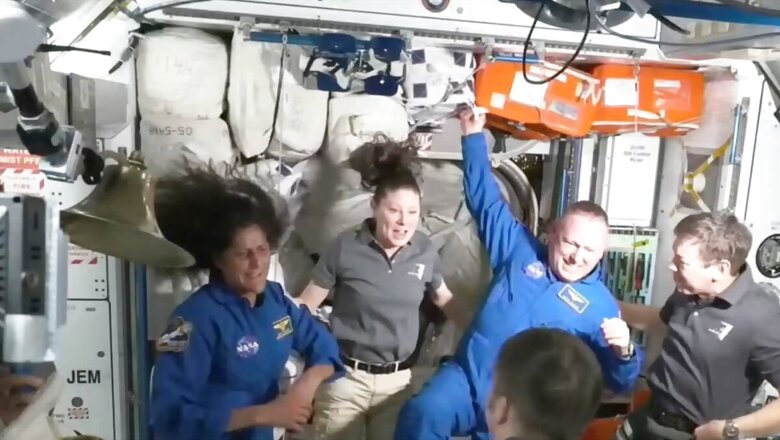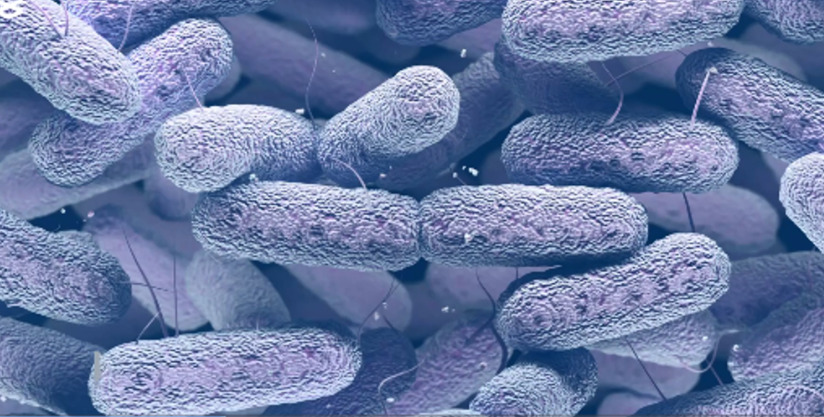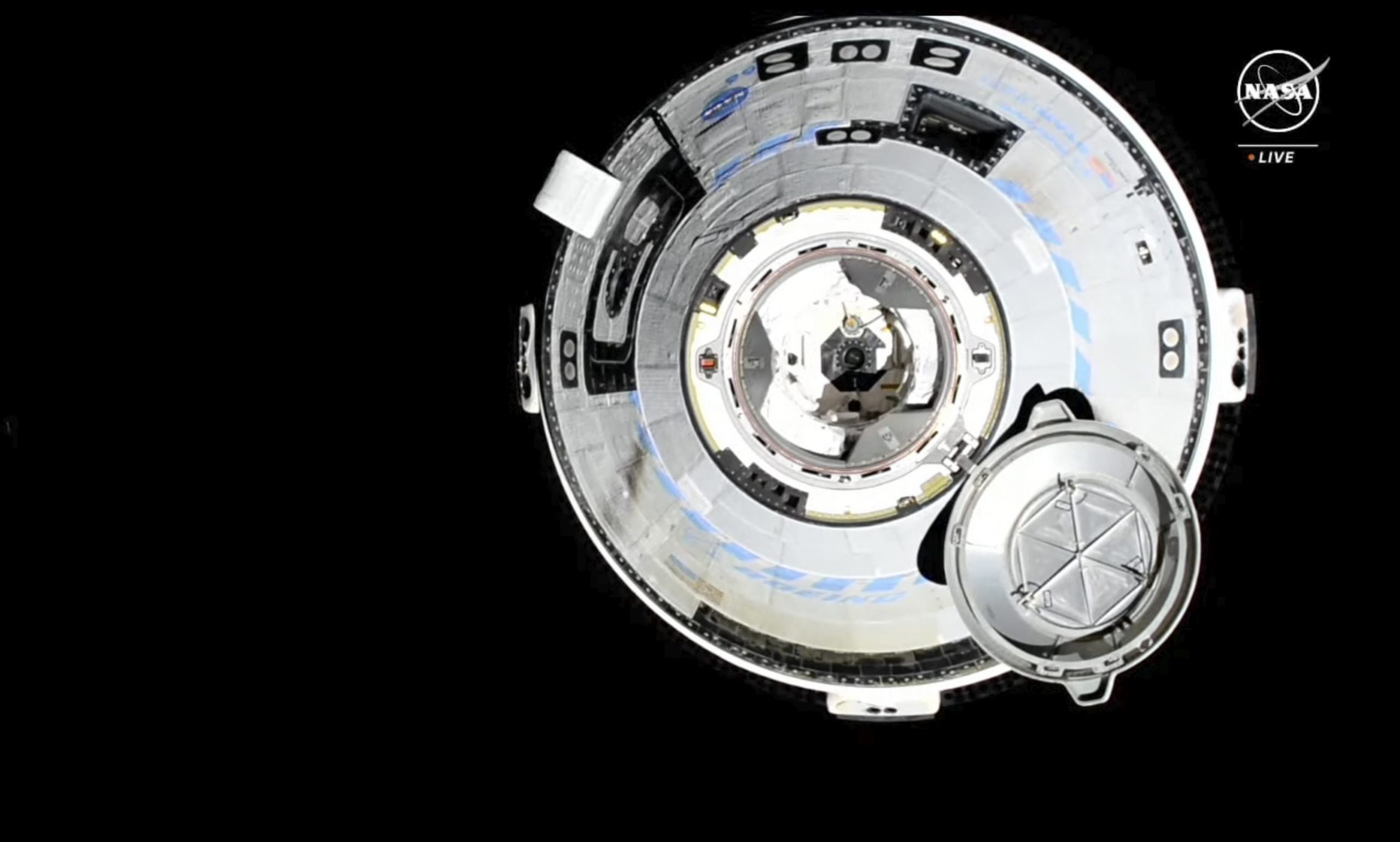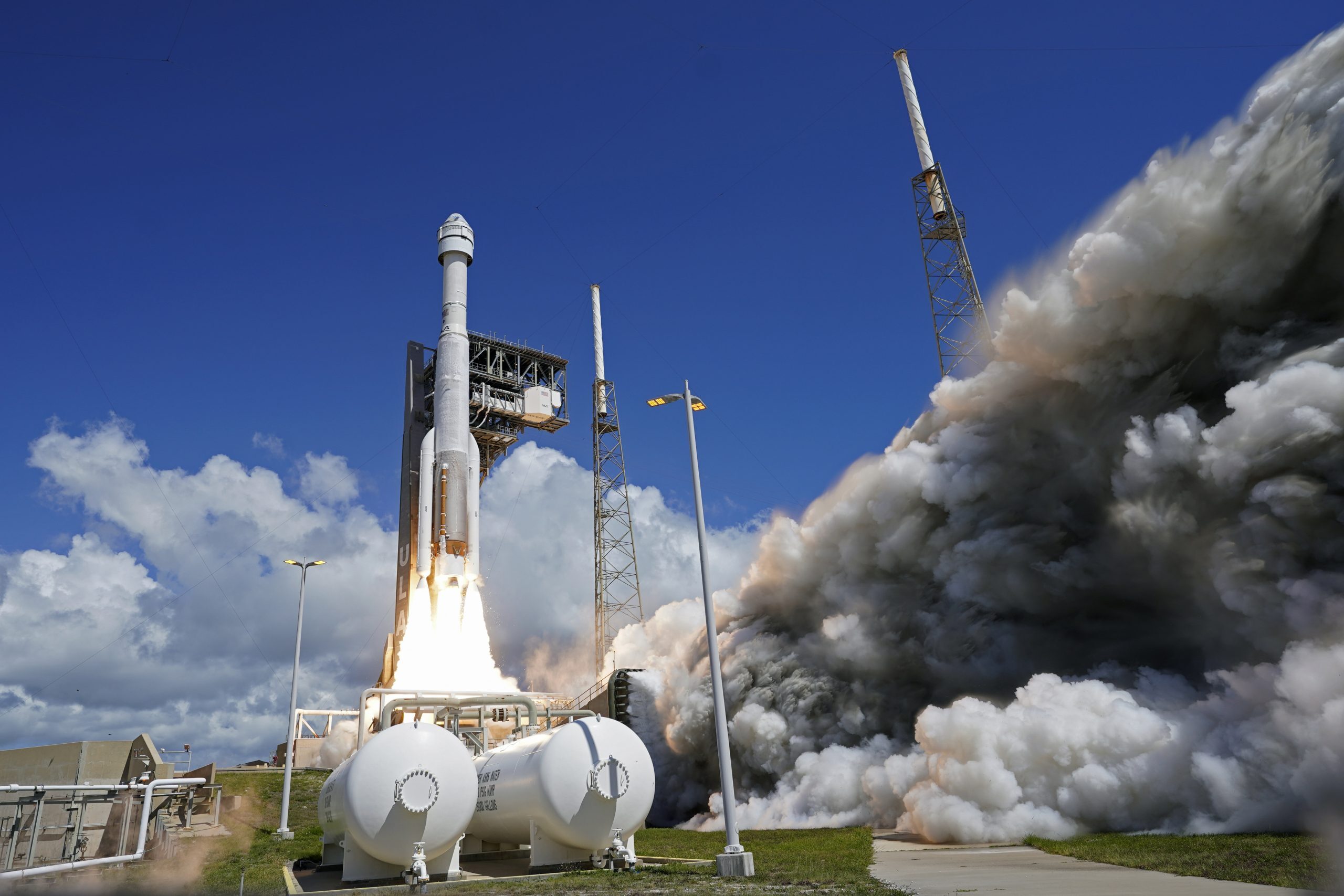
views
Scientists aboard the International Space Station (ISS) have detected a “mutating bug” capable of affecting the well-being of astronauts who venture into space.
This multi-drug resistant bacteria, dubbed ‘Enterobacter bugandensis,’ has evolved within the closed environment of the ISS, posing potential health risks to the stationed astronauts, including Indian-origin astronaut Sunita Williams, who is part of Boeing’s Starliner capsule.
What’s The Space Bug About
Despite ISS’ highly controlled environment, characterised by microgravity, increased CO2 levels, and elevated solar radiation, microorganisms occupy a unique niche.
One microorganism of particular interest is Enterobacter bugandensis, primarily found in clinical specimens including the human gastrointestinal tract, and also reported to possess pathogenic traits, leading to a plethora of infections.

What We Know
Recent findings funded by an Ames Space Biology grant and led by Dr. Kasthuri Venkateswaran of NASA’s Jet Propulsion Laboratory revealed the presence of thirteen strains of the notorious E. bugandensis, known for its resistance to multiple drugs.
These strains, isolated from the ISS, have displayed a troubling tendency to mutate and become genetically and functionally distinct compared to their Earth counterparts, indicating adaptation to the unique conditions of space. Collaborative research efforts between the Indian Institute of Technology (IIT) Madras and NASA’s Jet Propulsion Laboratory have shed light on the behavior and evolution of this space bug, according to several reports.

Implications
The study, published in the scientific journal Microbiome, underscores the microbial dynamics in extreme environments like the ISS and stresses the need for robust preventive measures to safeguard astronaut health. The implications of these findings are profound.
On one hand, they provide insights into microbial adaptation and evolution in isolated environments subjected to microgravity, radiation, and elevated carbon dioxide levels. On the other hand, they highlight the urgency of implementing effective preventive measures to mitigate the risks associated with potential pathogenic threats in space habitats.

NASA’s acknowledgment of the unique challenges posed by closed human-built environments like the ISS reinforces the importance of understanding microbial dynamics for ensuring astronaut health and safety.
By delving into the interplay between microorganisms and extreme environments, this research aims to pave the way for innovative preventive strategies to protect astronauts during prolonged space missions.
Despite the challenges posed by the presence of space bugs, NASA scientists continue their mission aboard the ISS, supported by ongoing research efforts aimed at understanding and mitigating potential health risks associated with microbial threats in space.




















Comments
0 comment